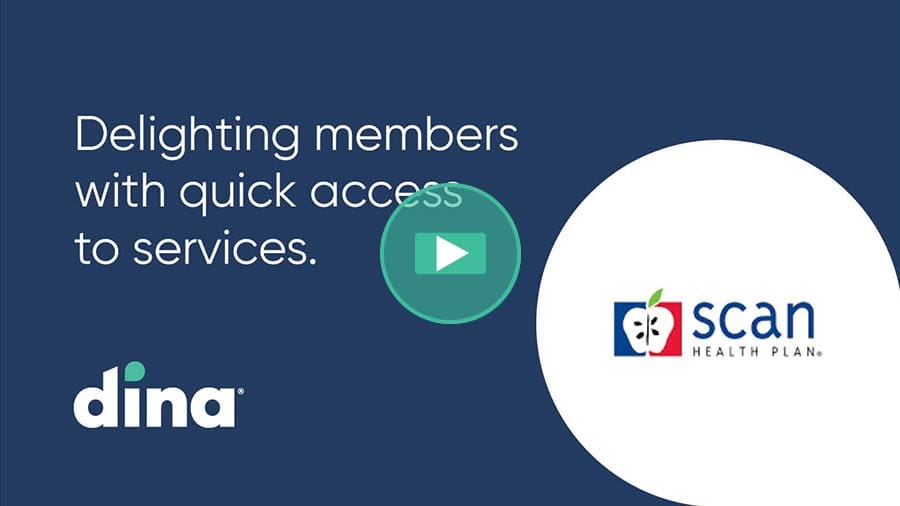
CMS released its much-anticipated 2024 Medicare Advantage final rule and Part D, which go into effect in 2025, codifying many of the provisions it proposed in the fall. We highlight six changes that will impact general enrollment MA plans, supplemental benefits programs, and D-SNPs, as well as five opportunities for growth.
1. Supplemental Benefits Notification and Marketing
To ensure members are aware of the supplemental benefits that are available to them, the final rule requires MA plans to notify members mid-way through the plan year to list benefits they have not yet accessed.
Personalized notifications include scope of the benefit, cost-sharing, instructions on how to access the benefit, any network application information for each available benefit, and a customer service number to call for more information.
2. New Standards for SSBCI
As expected, CMS will now require MA plans to demonstrate that Special Supplemental Benefits for the Chronically Ill (SSBCI) have a reasonable expectation of improving the health or overall function of chronically ill members.
To meet this threshold, MA plans will need to establish and maintain information from research studies or other data to demonstrate that an SSBCI meets these requirements. Health plans will need to start tracking outcomes and capture patient-centered data around the impact of benefits.
3. Health Equity Analysis of UM Policies & Procedures
The final rule calls for MA organizations to analyze their utilization management (UM) policies and procedures each year from a health equity perspective. Organizations must ensure:
- At least one member of the UM committee has expertise in health equity
- The UM committee conducts plan-level annual health equity analysis of prior authorization policies and procedures used by the plan
- Results of analysis are publicly available on the plan’s website
4. Increasing Percentage of Dually Eligible Managed Care Enrollees
It’s difficult for most people to navigate Medicare and Medicaid services from the same organization. CMS aims to improve the experience and outcomes for dually eligible individuals by increasing the percentage of dually eligible MA enrollees who are in affiliated Medicaid managed care plans, as opposed to MA plans that differ from the enrollee’s Medicaid plan.
The final rule also creates a new integrated care special enrollment period (SEP) to allow dual eligible individuals to elect an integrated Dual Eligible Special Needs Plan (D-SNP) when the individual also receives Medicaid services through an affiliated managed care plan.

It also limits the number of D–SNP benefit packages an MA organization, its parent, or entity that shares a parent organization with the MA plan, can offer in the same service area as an affiliated Medicaid MCO.
By reducing the number of plans that can enroll dually eligible individuals outside of the annual election period, the rule will also reduce confusing marketing tactics directed toward dually eligible individuals throughout the year.
5. Limit Out-of-Network Cost Sharing for D-SNPs
The rule limits out-of-network cost sharing for MA D-SNP preferred provider organizations (PPOs) for specific services beginning in 2026. CMS said this will reduce cost-shifting to Medicaid, increase payments to safety net providers, expand dually eligible enrollees’ access to providers, and protect dually eligible enrollees from unaffordable costs.
6. Contracting Standards for Dual Eligible SNP Look-Alikes
The 2024 medicare advantage final rule will lower the MA D-SNP look-alike threshold from 80% to 70% in 2025 and to 60% in 2026. This is designed to reign in MA plans that are serving dually eligible individuals without meeting the requirements to be a D-SNP, and promote full implementation of requirements for D-SNPs.
As a result of the 2024 medicare advantage final rule, the MA program is undergoing its biggest shift in more than two decades. There are revenue implications for health plans serving seniors, but also big opportunities to leverage supplemental benefits to create value, especially as plan options continue to increase. Some examples we expect to continue to see in the market:
- Targeting benefits to specific member cohorts, rather than the “all things to all people” approach of recent years. Historically, health plans have used products and benefits to attract and retain their membership. Now, there’s pressure around data collection, and linking that information to outcomes.
- Designing benefits for not just growth, but also retention and member outcomes (for example, prioritizing ease of use, proactive engagement from qualified vendor networks, etc.).
- Evaluating new models to help higher-need aging members quickly access care at the right time and the right cost.
- Investing in dual-eligible members by addressing social determinants of health and health equity.
- Investing in Medicaid partnerships, including community partners and local organizations, with an eye on the growing D-SNP market.
How did SCAN Health Plan reduce the time it takes to initiate services from weeks to days?
Watch this short video to learn more.





